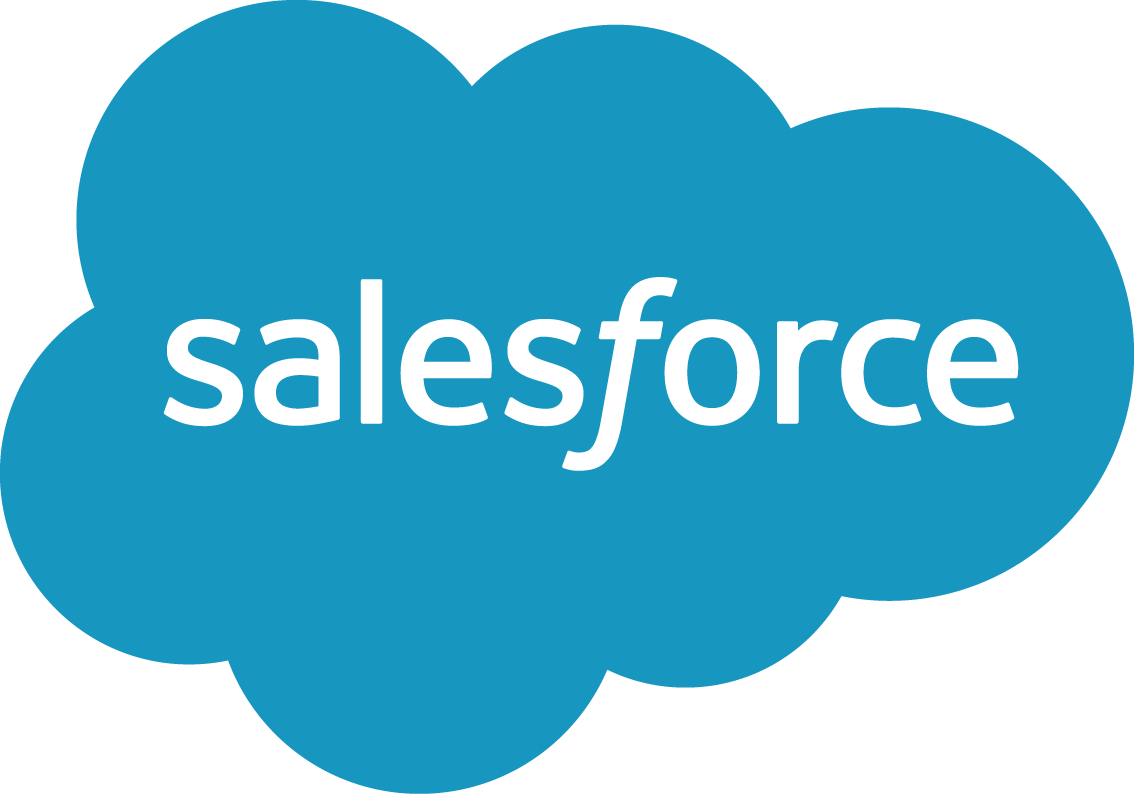Can you design climate agreements and negotiation protocols that lead to a sustainable future?
Join our working group collaboration and this competition to model and foster global cooperation on climate change.
Collaborate with computer scientists, economists, climate scientists, behavioral scientists, legal, ethics, and policy experts.
Get started and learn more Register yourself to get involved!

